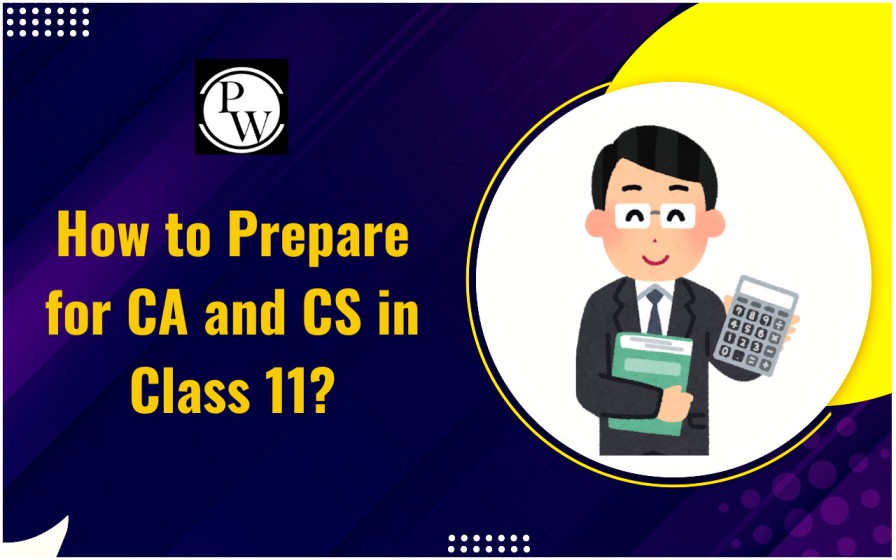
A bill of exchange transaction typically involves three key players. The drawee, responsible for settling the specified sum, the payee who receives the payment, and the drawer who compels the drawee to pay the payee. Usually, the drawer and payee are the same entity, unless the drawer transfers the bill to a third-party payee.
In contrast to a check, a bill of exchange is a documented record detailing a debtor's obligation to a creditor.Meaning of Bill of Exchange
As per the Negotiable Instruments Act of 1881, a bill of exchange is described as a written document that includes an unequivocal directive, signed by the creator, instructing a specific individual to pay a specified amount of money solely to a particular person, to the specified person's order, or to the bearer of the instrument. Typically, a bill of exchange is drafted by the creditor and directed towards the debtor. Acceptance, either by the debtor or a representative, is essential for the bill to transition from a mere draft to a valid instrument.Features of a Bill of Exchange
This definition gives rise to several features of a bill of exchange mentioned below:- It must be a written document.
- It serves as an order for payment.
- The payment directive is unconditional.
- The creator of the bill must sign it.
- The specified payment and its due date must be definite.
- The bill must be payable to a specific person.
- The payment amount is either on demand or after a fixed period.
- Compliance with stamping requirements is necessary by law.
Parties in a Bill of Exchange
In a bill of exchange, three parties are involved: The Drawer, who is the creator of the bill. This could be a seller or creditor seeking payment from the buyer or debtor. The drawer must sign the bill after drafting it. The Drawee, who is the individual upon whom the bill is drawn. This is typically the buyer or debtor of the goods for which the bill is created. The Payee is the individual who receives the money. If the drawer retains the bill until the payment date, the drawer becomes the payee. However, the payee can change under certain circumstances:- If the drawer discounts the bill, the entity providing the discount becomes the payee.
- If the bill is endorsed to a creditor of the drawer, that creditor becomes the payee.
Advantages of Bill of Exchange
Bills of exchange, serving as credit instruments, find frequent use in business due to the following advantages: Establishment of Relationship Framework: A bill of exchange serves as a tool that establishes a structured foundation for credit transactions between seller's/creditors and buyers/debtors, ensuring a mutually agreed-upon basis. Clarity in Terms and Conditions: Both the creditor and debtor benefit from the clarity provided by a bill of exchange. Terms such as the amount to be paid, the payment date, any applicable interest, and the designated place of payment are explicitly outlined, ensuring transparency. Convenient Credit Mechanism: Buyers can make purchases on credit through a bill of exchange, allowing them to defer payment until after the credit period. Legal Confirmation: A bill of exchange serves as legal evidence of a credit transaction, affirming that the buyer has obtained credit from the seller in the course of trade. Effortless Transferability: The settlement of a debt can be easily facilitated by transferring a bill of exchange through endorsement and delivery, providing a straightforward method for resolving financial obligations.Looking for the Best Commerce Coaching?
Enroll Now in PW Commerce Batches!
Accounting Treatment of Bill of Exchange
For the individual who issues a bill of exchange and receives it back after its acceptance, it is considered a bill receivable. Conversely, for the person accepting the bill, it becomes a bill payable.In the Books of the Drawer/Promissor
A bill receivable can be handled in following ways by its recipient: A. Retaining it until maturity and either:- Collecting it directly on the due date, or
- Sending it to the bank for collection a few days before maturity.
- Debit Bills Receivable A/c, Credit Debtors A/c.
- Debit Cash/Bank A/c, Credit Bills Receivable A/c.
- Debit Bills Sent for Collection A/c, Credit Bills Receivable A/c.
- Debit Bank A/c, Credit Bills Sent for Collection A/c.
- Debit Bills Receivable A/c, Credit Debtors A/c.
- Debit Bank A/c and Discount A/c, Credit Bills Receivable A/c.
- No entry on maturity as the bank owns the bill.
- Debit Bills Receivable A/c, Credit Debtor’s A/c.
- Debit Creditor’s A/c, Credit Bills Receivable A/c.
- No entry on maturity as the creditor becomes the owner.
In the Books of Acceptor/Promissor
The following journal entries apply to the acceptor or promissor under all four alternatives: On accepting the bill:- Debit Creditor’s A/c, Credit Bills Payable A/c.
- Debit Bills Payable A/c, Credit Bank A/c.
Bill of Exchange FAQs
What is the bill of foreign exchange?
A bill of exchange used in international trade to facilitate payment for goods or services is commonly referred to as a bill of foreign exchange.
Who is the bearer of the bill of exchange?
The bearer of a bill of exchange is the individual who possesses it and is entitled to receive the specified payment.
Who is the drawer and drawee in a bill of exchange?
The drawer is the party creating the bill, typically the seller or creditor, while the drawee is the individual or entity upon whom the bill is drawn, usually the buyer or debtor.
How many members are in a bill of exchange?
A bill of exchange involves three primary parties: the drawer, drawee, and payee.
What are the three parts of a bill of exchange?
The three key components of a bill of exchange are the drawer (maker), drawee (payer), and payee (recipient of payment).
Talk to a counsellorHave doubts? Our support team will be happy to assist you!

Free Learning Resources
PW Books
Notes (Class 10-12)
PW Study Materials
Notes (Class 6-9)
Ncert Solutions
Govt Exams
Class 6th to 12th Online Courses
Govt Job Exams Courses
UPSC Coaching
Defence Exam Coaching
Gate Exam Coaching
Other Exams
Know about Physics Wallah
Physics Wallah is an Indian edtech platform that provides accessible & comprehensive learning experiences to students from Class 6th to postgraduate level. We also provide extensive NCERT solutions, sample paper, NEET, JEE Mains, BITSAT previous year papers & more such resources to students. Physics Wallah also caters to over 3.5 million registered students and over 78 lakh+ Youtube subscribers with 4.8 rating on its app.
We Stand Out because
We provide students with intensive courses with India’s qualified & experienced faculties & mentors. PW strives to make the learning experience comprehensive and accessible for students of all sections of society. We believe in empowering every single student who couldn't dream of a good career in engineering and medical field earlier.
Our Key Focus Areas
Physics Wallah's main focus is to make the learning experience as economical as possible for all students. With our affordable courses like Lakshya, Udaan and Arjuna and many others, we have been able to provide a platform for lakhs of aspirants. From providing Chemistry, Maths, Physics formula to giving e-books of eminent authors like RD Sharma, RS Aggarwal and Lakhmir Singh, PW focuses on every single student's need for preparation.
What Makes Us Different
Physics Wallah strives to develop a comprehensive pedagogical structure for students, where they get a state-of-the-art learning experience with study material and resources. Apart from catering students preparing for JEE Mains and NEET, PW also provides study material for each state board like Uttar Pradesh, Bihar, and others
Copyright © 2025 Physicswallah Limited All rights reserved.
Get App









